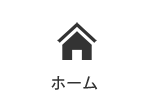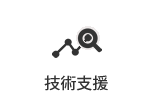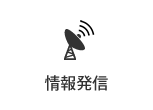本文
No.8(2013)13.Controlled release of antibacterial agents from PVA hydrogel as a wound dressing
Shunji Yunoki, Masushi Kohta, Yoshimi Ohyabu, Takabumi Kubo, Masayuki Sekiguchi, Tetsuji Iwasaki
Recently, antibacterial wound dressings have been developed and clinically used on the basis of the fact that moist, warm and nutritious environments of wound beds provides ideal conditions for microbial growth. Controlled release of antibacterial agents is a critical issue for wound dressing. We prepared polyvinyl alcohol (PVA) hydrogels containing cetylpyridinium chloride (CPC) or polyhexamethylene biguanide (PHMB) by gamma irradiation, and evaluated the release of the antibacterial agents and antibacterial properties. A half of PHMB released from the hydrogel soaked in saline for 6 h, whereas CPC showed little or no release during 72 h. The difference in the release characteristics was reflected in the antibacterial activity around the hydrogels : only the PHMB-containing hydrogels created an inhibition zone against Staphylococcus aureus cultured on agar plates. On the surface of the hydrogels CPC also showed concentration-dependent antibacterial activity. We demonstrated that antibacterial hydrogels could be created by gamma irradiation on PVA solutions. The hydrogels are expected to be useful as a wound dressing having immediate and long-term antibacterial activities.
Keywords
Wound dressing, Pressure ulcer, Antibacterial property, Polyvinyl alcohol, Cetylpyridinium chloride, Polyhexamethylene biguanide













